Aglaonema Anjamani
This product is available for shipping only in Bangalore
Aglaonema Anjamani, commonly known as the Chinese Evergreen, is a popular houseplant known for its attractive, variegated foliage and easy-going nature. This plant is perfect for beginners and experienced gardeners alike, as it tolerates low light conditions and is relatively low-maintenance
Height: approx 9 inches including the pot
Pot size : 4 inches nursery pot
- Estimated Delivery : Up to 3 business days
- Free Shipping & Returns : On all orders over ₹550 in Bangalore
Aglaonema is a genus of flowering plants in the arum family Araceae. They are native to tropical and subtropical regions of Asia and New Guinea. They are known commonly as Chinese evergreen. This aglaonema is a low maintenance plant. This plant is pet-friendly . Water weekly, allowing soil to dry out half way down between waterings.
Aglaonema Anjamani, commonly known as the Chinese Evergreen, is a popular houseplant known for its attractive, variegated foliage and easy-going nature. This plant is perfect for beginners and experienced gardeners alike, as it tolerates low light conditions and is relatively low-maintenance. Here’s a guide to caring for your Aglaonema Anjamani:
1. Light Requirements
- Low to Medium Light: Aglaonema Anjamani thrives in low to medium indirect light, making it ideal for rooms with limited natural sunlight. It can also tolerate brighter conditions, but avoid direct sunlight as it can scorch the leaves.
- Artificial Lighting: This plant can do well under fluorescent lights, making it a good choice for offices and indoor spaces without windows.
2. Watering
- Moderate Watering: Water your Aglaonema Anjamani when the top 1-2 inches of soil feels dry to the touch. Overwatering can lead to root rot, so it’s important to let the soil dry out slightly between waterings.
- Use Lukewarm Water: Water with lukewarm water to avoid shocking the roots. Be sure the water drains out of the pot to prevent waterlogging.
- Reduce Watering in Winter: During the cooler months, reduce the frequency of watering as the plant’s growth slows down.
3. Soil
- Well-Draining Soil: Use a well-draining potting mix. A mix of regular potting soil, perlite, and peat moss works well for Aglaonema. This combination helps to retain moisture while allowing excess water to drain away.
- Good Aeration: Ensure that the soil is loose and airy to promote healthy root growth.
4. Temperature and Humidity
- Warm Temperatures: Aglaonema Anjamani prefers temperatures between 65-80°F (18-27°C). Avoid exposing the plant to temperatures below 60°F (15°C) as it is sensitive to cold.
- Moderate to High Humidity: This plant enjoys higher humidity levels. If your home is dry, consider using a humidifier, placing a water tray near the plant, or grouping it with other plants to increase humidity.
- Avoid Cold Drafts: Keep the plant away from air conditioning vents and cold drafts, as sudden temperature changes can stress the plant.
5. Fertilizing
- Feed During Growing Season: Fertilize with a balanced, water-soluble houseplant fertilizer every 4-6 weeks during the spring and summer months.
- No Fertilizer in Winter: Hold off on fertilizing during the fall and winter, as the plant’s growth naturally slows down during these times.
6. Pruning and Maintenance
- Minimal Pruning Needed: Prune only to remove yellow or damaged leaves to maintain the plant’s appearance and health.
- Cleaning the Leaves: Wipe the leaves with a damp cloth to remove dust and keep them looking vibrant. This also helps the plant photosynthesize more efficiently.
7. Propagation
- Stem Cuttings: Aglaonema Anjamani can be easily propagated through stem cuttings. Cut a healthy stem with at least one node and place it in water or soil until it roots.
- Division: If the plant has grown large enough, it can also be divided during repotting. Gently separate the root clumps and plant them in separate pots.
8. Pests and Diseases
- Common Pests: Aglaonema is generally pest-resistant, but it can occasionally attract pests like spider mites, aphids, and mealybugs. Regularly inspect the plant and treat infestations with insecticidal soap or neem oil if necessary.
- Fungal Issues: Overwatering or poor drainage can lead to fungal infections or root rot. Ensure the plant is not sitting in water, and use a well-draining soil mix.
9. Potting and Repotting
- Repot Every 2-3 Years: Aglaonema Anjamani grows slowly, so it only needs repotting every 2-3 years or when it becomes root-bound. Choose a pot one size larger with drainage holes.
- Use Fresh Potting Mix: When repotting, refresh the soil to provide new nutrients for the plant.
10. Toxicity
- Mildly Toxic: Aglaonema is mildly toxic to pets and humans if ingested, causing symptoms like mouth irritation, drooling, and stomach upset. Keep it out of reach of children and pets.
By following these care guidelines, your Aglaonema Anjamani will thrive, providing lush, attractive foliage that can brighten up any indoor space.
** Plants photos are for representation purpose only. We will make best efforts to send the plants as in photos itself. There may be small white dots on the plant, as these plants cared in nursery using the hard water and pesticide spray. However these will eventually disappear as you take care and clean the leaves.

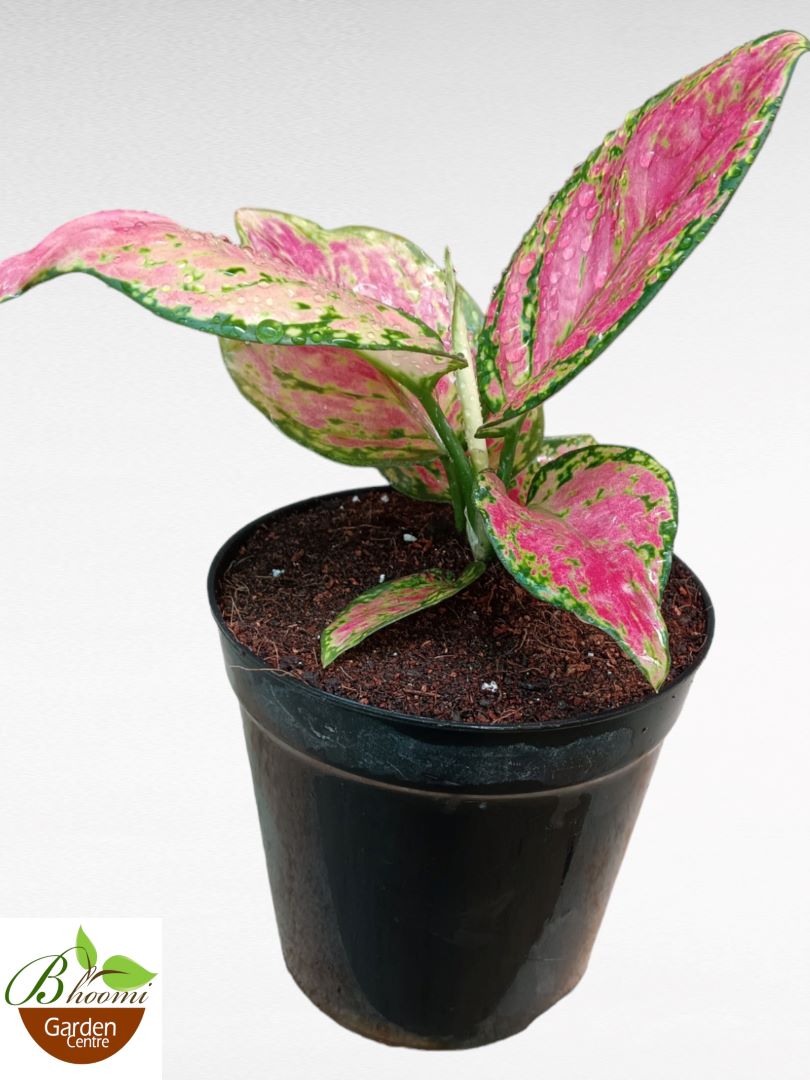
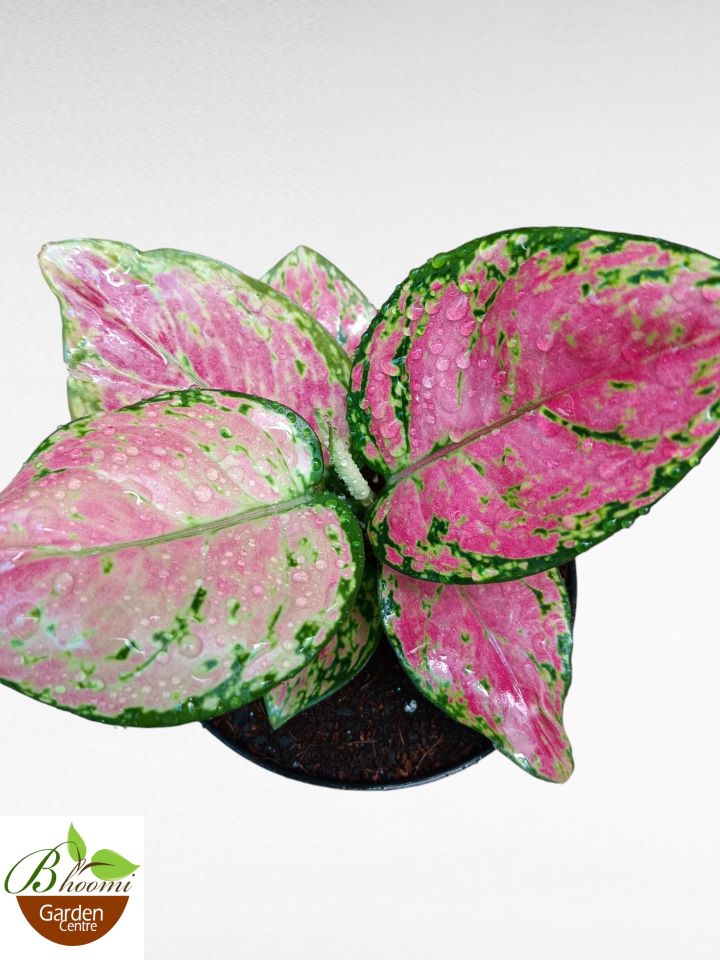
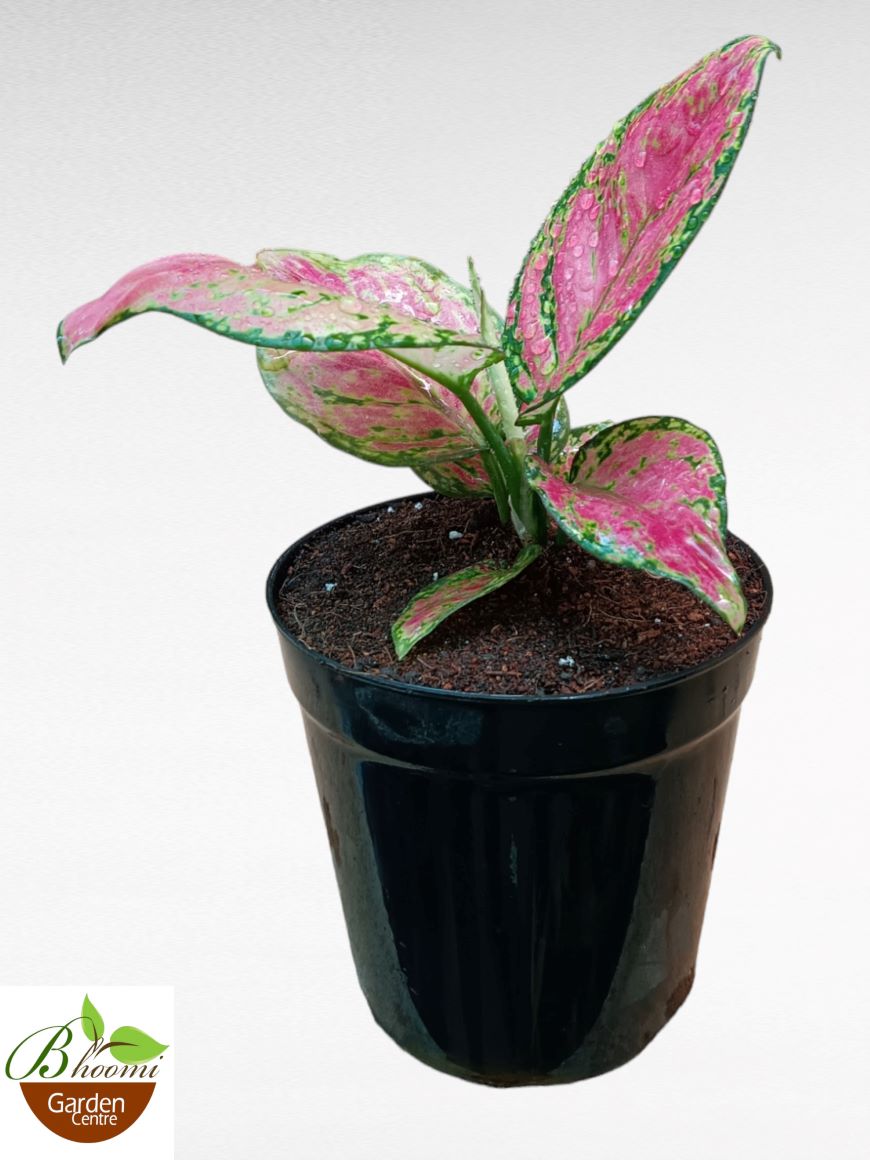
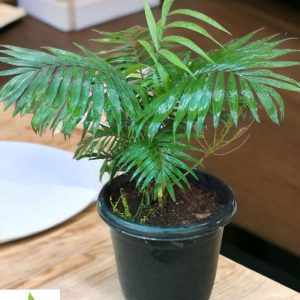
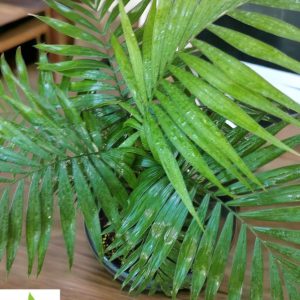
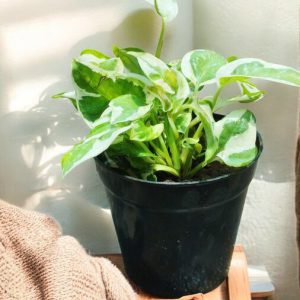
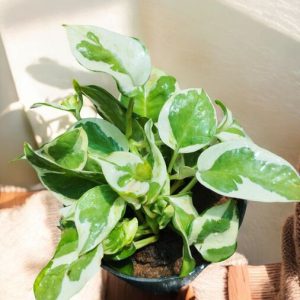
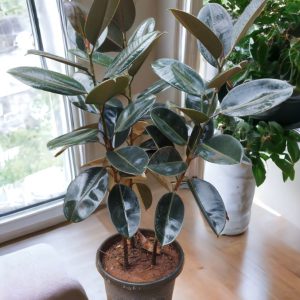
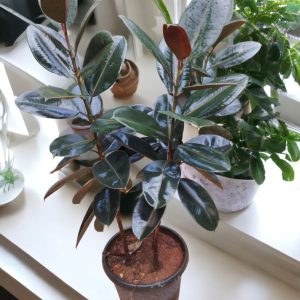
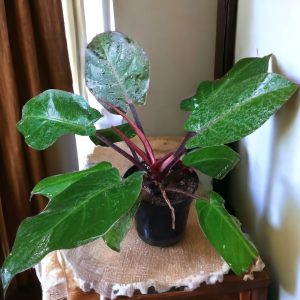
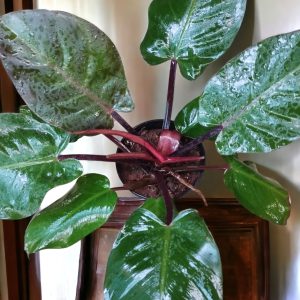
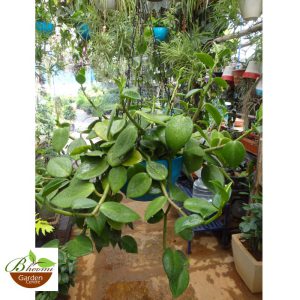
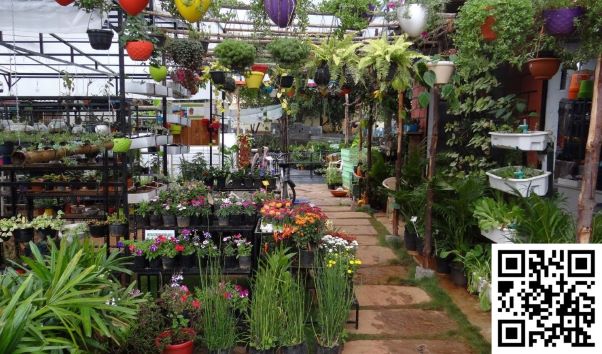
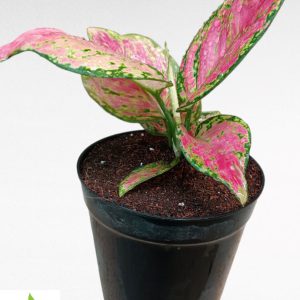
Reviews
There are no reviews yet.